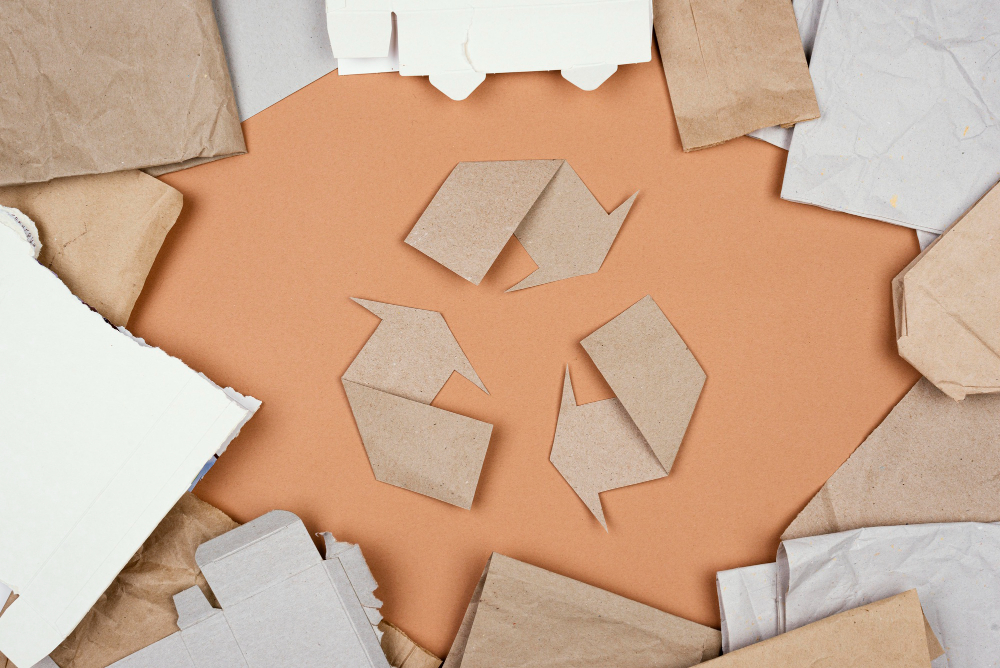
Cardboard is ubiquitous in our daily lives, from the packages that arrive at our doorstep to the boxes we use for moving. With the rise of online shopping and home deliveries, the amount of cardboard waste has skyrocketed. Fortunately, recycling cardboard is both environmentally beneficial and economically feasible. If you’re based in New Jersey and are looking for cardboard recycling options, All County Recycling is here to help. In this guide, we'll explore the cardboard recycling process and how you can contribute to a greener future.
Before we dive into the process itself, let's take a moment to understand why recycling cardboard is crucial.
Recycling cardboard involves several key steps that transform it from waste into valuable raw material. Here’s a detailed look at each stage:
The first step in the cardboard recycling process is the collection of cardboard waste. This can be done through curbside pickup programs, drop-off centers, or direct business collections. In New Jersey, companies like All County Recycling offer customized solutions to simplify this process for businesses and households.
Once collected, the cardboard is sorted. This step involves separating different types of cardboard, such as corrugated boxes from paperboard (used in cereal boxes). Proper sorting ensures that only suitable materials proceed to the recycling stage, maintaining the quality of the recycled product.
After sorting, the cardboard is shredded into small pieces. This makes it easier to break down the fibers during the pulping process. Shredding also increases the surface area, allowing for more efficient processing.
The shredded cardboard is then mixed with water and chemicals to break it down into a slurry called pulp. This step separates the fibers and removes any ink, adhesives, or other contaminants. The resulting pulp is the raw material that will be used to produce new cardboard.
The pulp undergoes a screening process to filter out any remaining impurities, like plastic or metal staples. It may also be cleaned further to ensure high quality. This step is crucial for producing a homogenous and usable product.
For cardboard with printed designs, a de-inking process is employed. This involves washing the pulp with chemicals to remove inks and dyes. De-inking not only enhances the appearance of the recycled cardboard but also improves its strength and durability.
To improve the quality of the recycled cardboard, the pulp is refined and sometimes bleached. Refining helps to enhance fiber bonding, while bleaching can lighten the color of the pulp, making it suitable for a broader range of products.
The refined pulp is then pressed and dried to form sheets of paper or cardboard. The water content is removed through pressing, and the sheets are dried using large rollers, creating a continuous sheet of recycled cardboard.
Finally, the dried sheets are rolled, cut, and prepared for various uses, such as packaging or manufacturing new products. This step completes the recycling process and returns recycled cardboard back into the supply chain.
New Jersey has a strong commitment to recycling, with various initiatives and programs in place to promote sustainable waste management.
All County Recycling is a leading provider of recycling services in New Jersey. With a focus on convenience and sustainability, they offer a range of services for cardboard recycling, including:
Recycling cardboard is a simple yet impactful way to contribute to environmental conservation and sustainability. By understanding the recycling process and taking advantage of local resources like All County Recycling, individuals and businesses in New Jersey can make a significant difference. Ready to start your cardboard recycling journey? Contact All County Recycling today for a free consultation and join the movement towards a greener future.